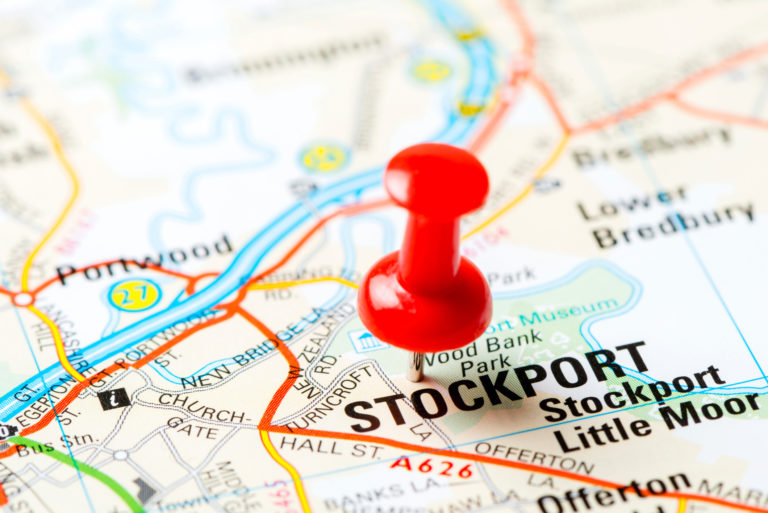Over the past decade, homeowner trends have evolved across the UK, affecting not just first-time buyers but home-movers, too.
A new report from Lloyds Bank looking at the average amounts movers spend to move up the housing ladder over the last 10 years has revealed that buyers are spending more than two-thirds more today.
In 2019 in the UK, the average price paid by home movers for a property was £330,984 – a rise of 69% compared with £196,386 in 2009 and almost £135,000 more.
Buyers are putting down larger deposits
The rise in property prices over the last 10 years has also boosted the level of equity homeowners have gained. So when it comes to stepping up the ladder, they are able to port a larger chunk of equity across to their next house purchase.
Those moving around in London are now paying more than double than back in 2009; a whopping 103% surge. The average cost of a home in the capital a decade ago was £315,707, slightly less than the recorded price paid 10 years on across the UK. For those wanting to buy in London now, it will cost an average of £641,118 to buy a property.
Londoners need deep pockets for a deposit of £197,700
When it comes to borrowing, unsurprisingly, it is Londoners who need the biggest deposit – £197,700 to buy; nearly double the average home mover deposit of the UK of £99,515. In 2019, some homebuyers stumped up average deposits of around £100,000, which is over £27,000 more than 10 years ago.
The percentage of buyers securing a mortgage to move house is up by 13% since 2009; Lloyds Bank estimates there were a total of 347,758, which is only down by 1% on 2018.
Property ladder rests on location
In the south-east of England, the volume of movers has only seen a minimal increase of 1% over the past 10 years. Lloyds attributed this low figure to the significant 85% rise in house prices over the same duration.
Northern Ireland records the largest gains with the average house price paid up by 15% and a rise to 47% in the volume of people moving house.
Mortgage director at Lloyds Bank Andrew Mason said: “There are still areas that offer promising opportunity for home movers, with Northern Ireland and Scotland in particular looking more affordable.”
He added: “However, it’s clear that the main challenge of raising sizeable deposits is not limited to first-time buyers, with rising house prices likely to be the main reason for the slowdown.”
Lloyds Bank has recorded the average home mover house prices in 2019 followed by the average deposit in £ and % terms of the purchase price:
– North East, £207,477, £56,488, 27%
– Yorkshire and the Humber, £237,442, £66,183, 28%
– North West, £251,572, £69,065, 27%
– East Midlands, £262,479, £74,510, 28%
– West Midlands, £282,445, £81,912, 29%
– East Anglia, £320,710, £107,191, 33%
– Wales, £225,711, £63,489, 28%
– South West, £331,437, £105,703, 32%
– South East, £457,043, £139,786, 31%
– London, £641,118, £197,700, 31%
– Northern Ireland, £191,286, £57,554, 30%
– Scotland, £220,241, £67,766, 31%









